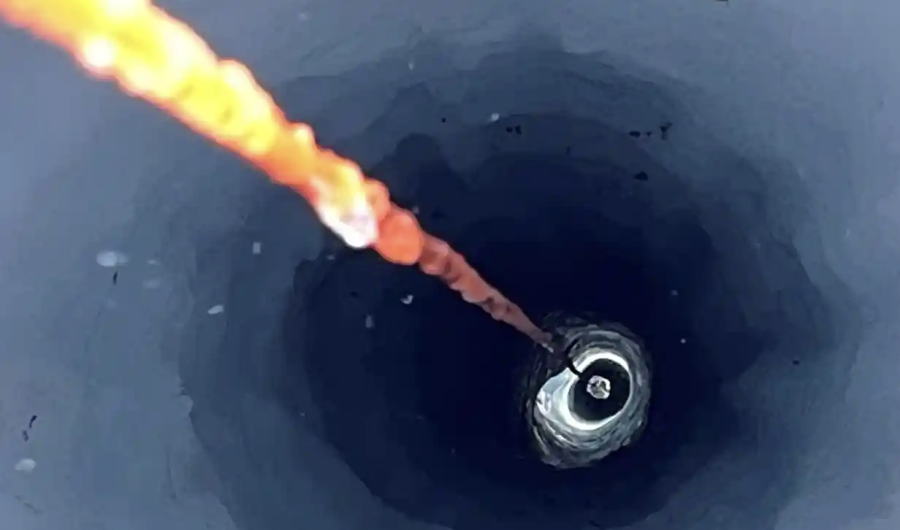Secrets Beneath the Ice
May 1, 2023
Antarctica is a hostile land of cold, ice, snow, and some of our planet’s most unique lifeforms. Although its mass is mostly ice, it is a continent, with a stone foundation that once was home to a warm climate teeming with plant life. Yet, although many countries claim ownership of the land, and nearly year-round research makes it almost constantly inhabited by humans, some secrets are still being uncovered from beneath the ice.
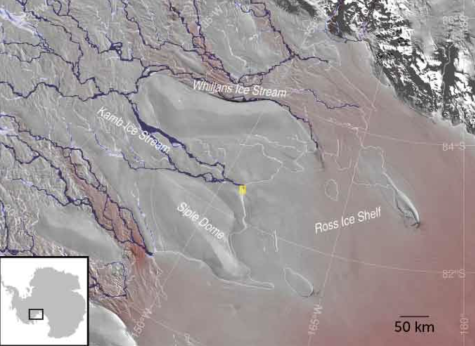
A map showing the location where the river was revealed.
In 2021, a group of scientists from New Zealand decided to bore into the 700+ meter thick ice of the Kamb Ice Stream. Nearly 500 miles from the South Pole, the West Antarctic glacier lies on the coast of the continent but trails past the horizon to the open ocean, as seen above. Leading up to this decision, sonar had identified large spaces underneath the ice, and dips in the surface led them to believe that glacial rivers had bore channels in the ice, channels that may hold life unknown to humanity. Thus, as extreme heat was used to dig deeper, nearly 520 meters, it broke through into a hollow. After removing the “drill,” they lowered a small camera into the hole. After almost an hour and a half of rippling ice, the camera revealed a towering cavern, taller than the empire state building, and longer than Staten Island. For another half hour, the camera dove through 242 meters of sunless glacial water. Near its bed, as the camera stopped, small orange shapes blurred past. As seen below, marine life was thriving in this sunless environment, nearly 300 miles from the open ocean.
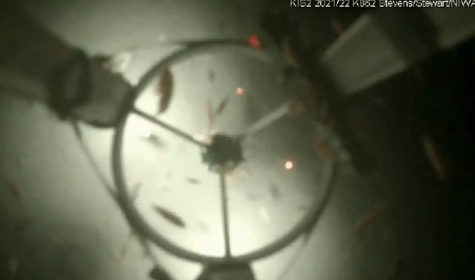
The view of the research team’s camera as it reached the river bed.
Further testing of the cavern’s water revealed that life was thriving in this hidden ecosystem, with nearly 414 million microbial cells found per gallon of water. This water can flow inland from the sea, but the majority comes from the release of subglacial lakes. As seen below, over 350 subglacial lakes have been identified, with stable lakes seen in red, and lakes that have been observed draining into rivers (such as that bored into the Kamb Ice Stream), in blue. These lakes and rivers shape the undersides of the gargantuan ice sheets day in and day out; thus, it has been observed that the aforementioned river is digging its cathedral-like cavern further inland.
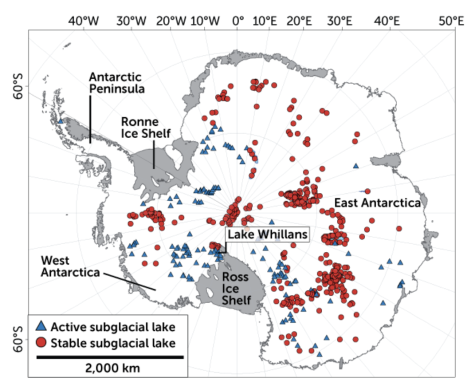
A map showing the known glacial lakes under Antarctica’s ice.
These discoveries, especially that of thriving life, may provide insight into what forms of life might exist beneath the thick glacial surfaces of other planets, such as those frozen moons of Jupiter and Saturn, and how we might be able to find signs of such life.
As seen below, Saturn’s moon Enceladus was observed in 2005 to shoot geysers of saltwater vapor out from its icy surface. Using advanced equipment, it has been proposed that the planet-wide ocean believed to be hiding beneath the surface contains almost all the components necessary for life, at least the life we know on Earth. These chemicals include carbon, hydrogen, nitrogen, oxygen, and sulfur. Yet, this isn’t enough for life to exist as we know it, although organic materials were also found in the vapor clouds. Yet, after five years of analyzing the spacecraft’s data, it has been discovered that Enceladus not only contains these essential chemicals, but phosphorous as well, a major component of DNA and RNA.
NASA’s Cassini Spacecraft, which had previously spent its thirteen years orbiting Saturn, was sent on one final mission. It was directed to use Saturn’s gravity to launch itself towards Enceladus, and through its projecting vapor clouds. In 2017 it achieved this feat, but was nearly out of fuel. So, in the hope of preserving the possible life of Saturn’s moons, especially Enceladus and its very similar sibling Titan, Cassini used the last of its fuel to dive towards Saturn, and burnt up in the gargantuan planet’s atmosphere, ending over twenty years of hard work on the part of hundreds upon hundreds of people.
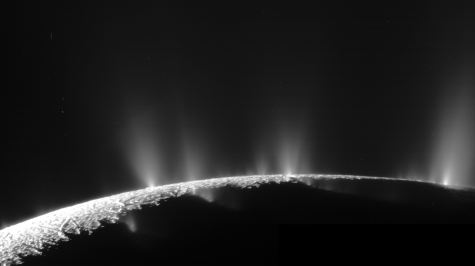
Geysers of salt water shooting from Enceladus’ icy surface.
From the discovery of cathedral-like caverns teeming with life beneath Antarctic ice sheets to the discovery of organic materials on another planet, the search for life never ends, but merely changes. We are always learning more about our own planet, even as we explore those beyond our system.

